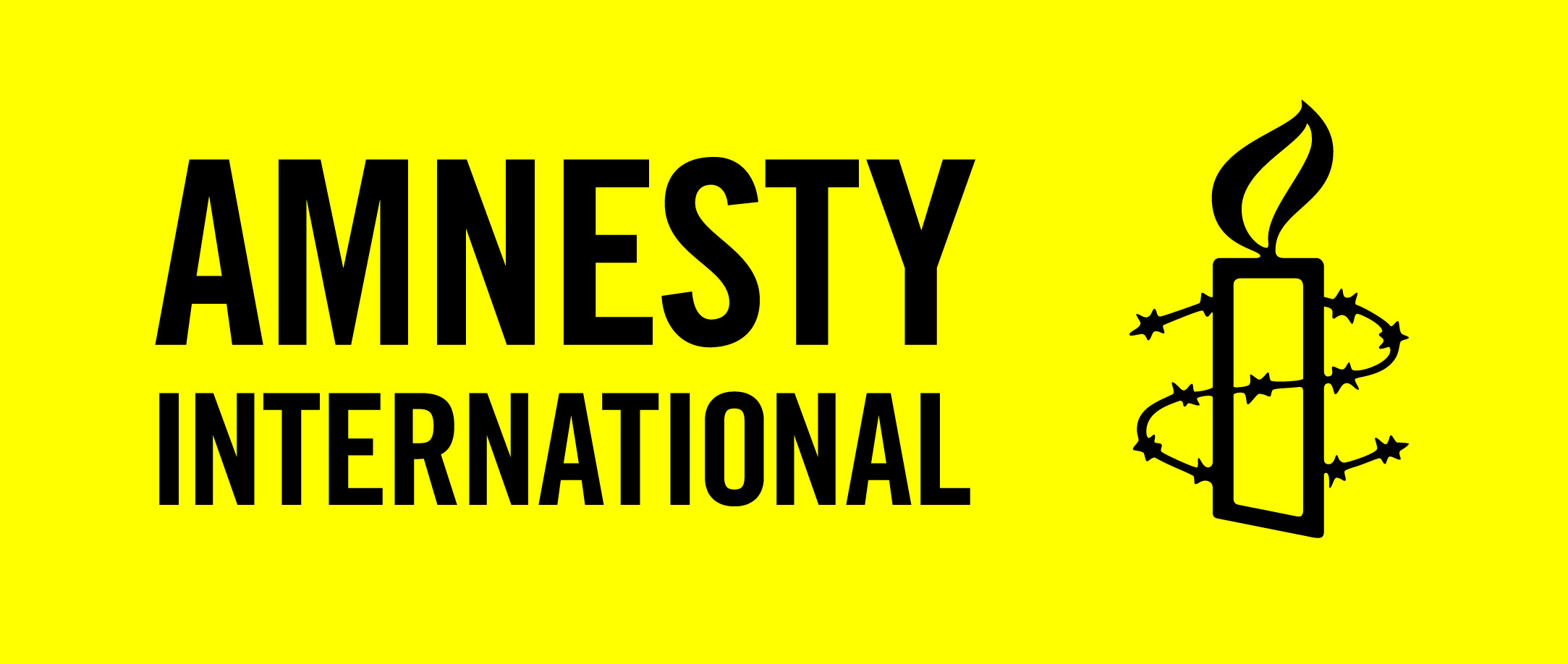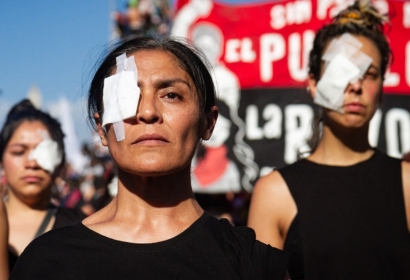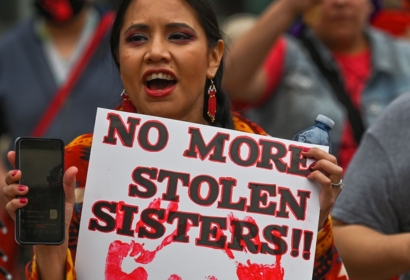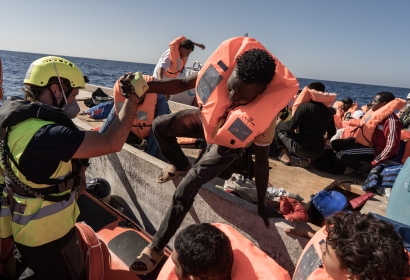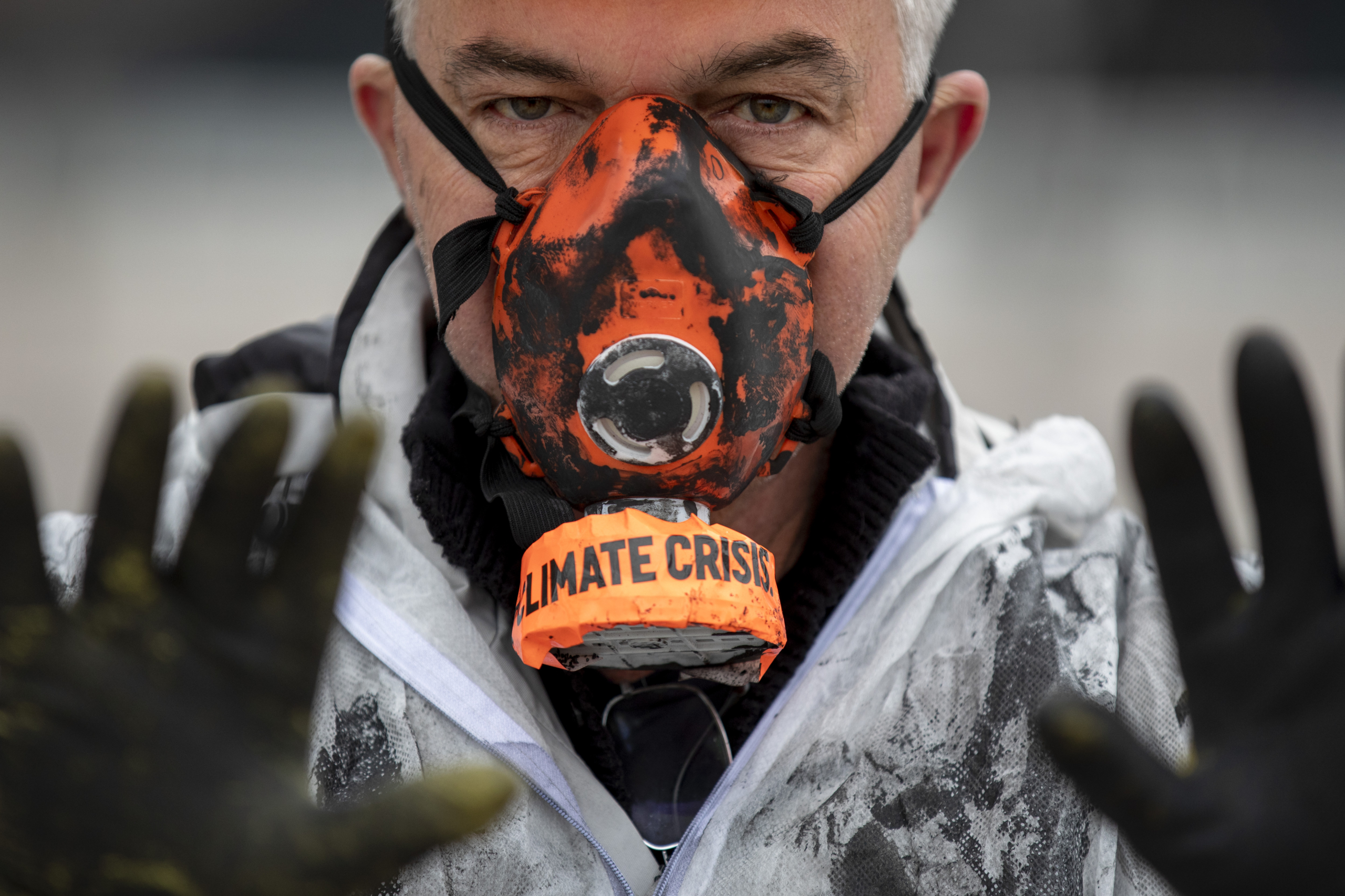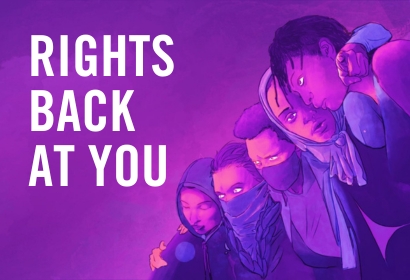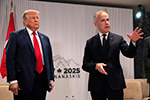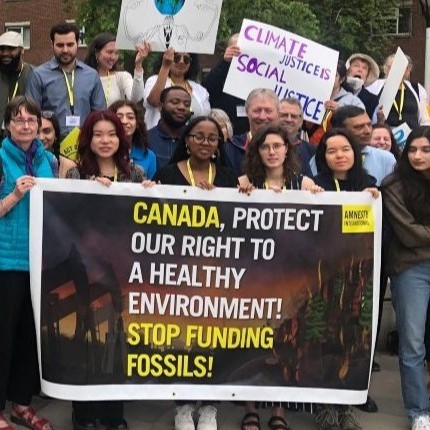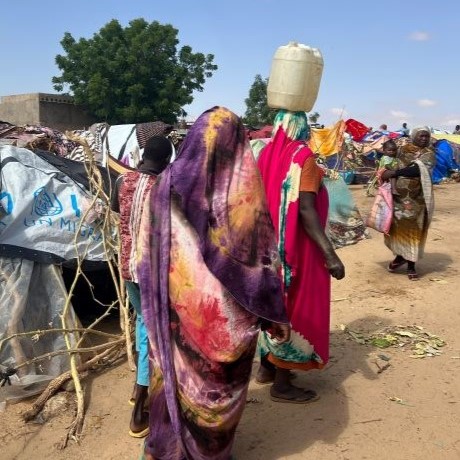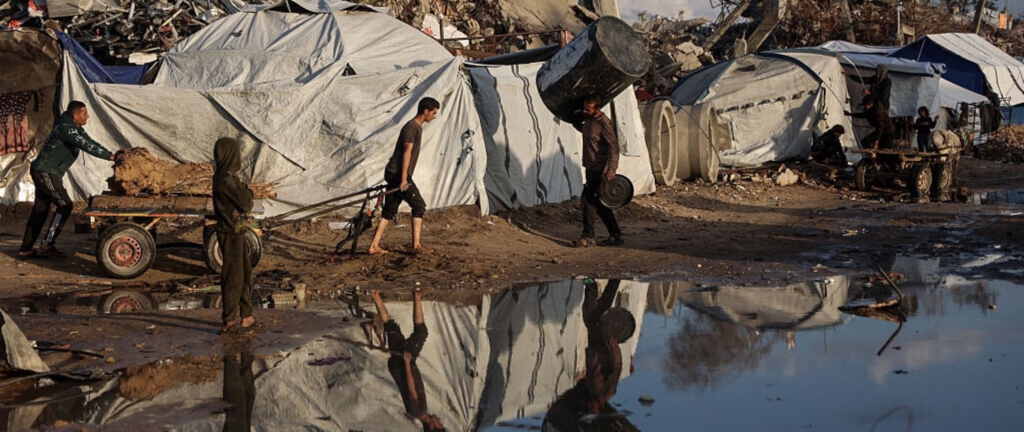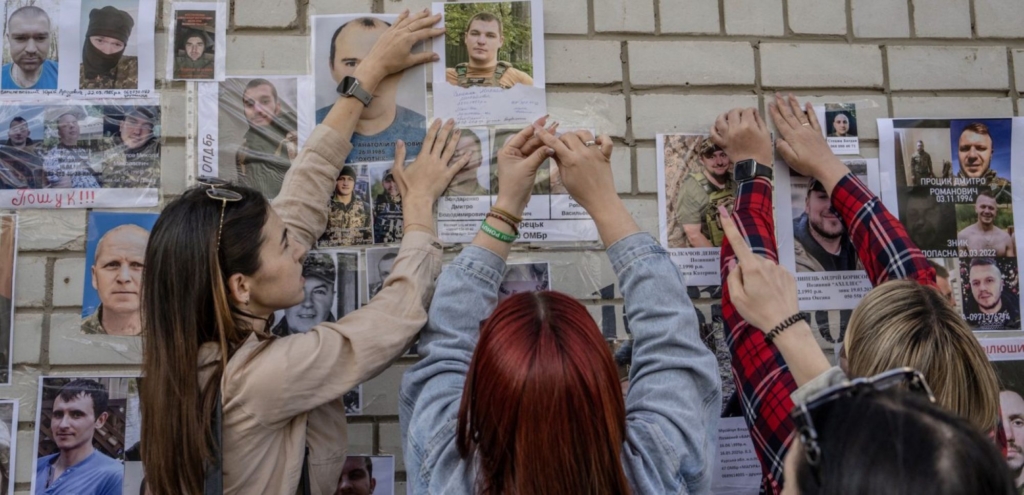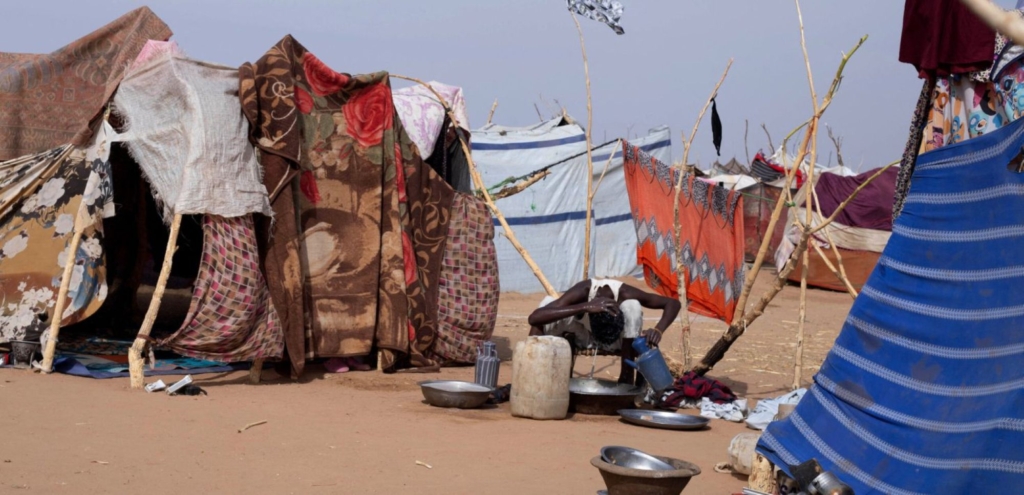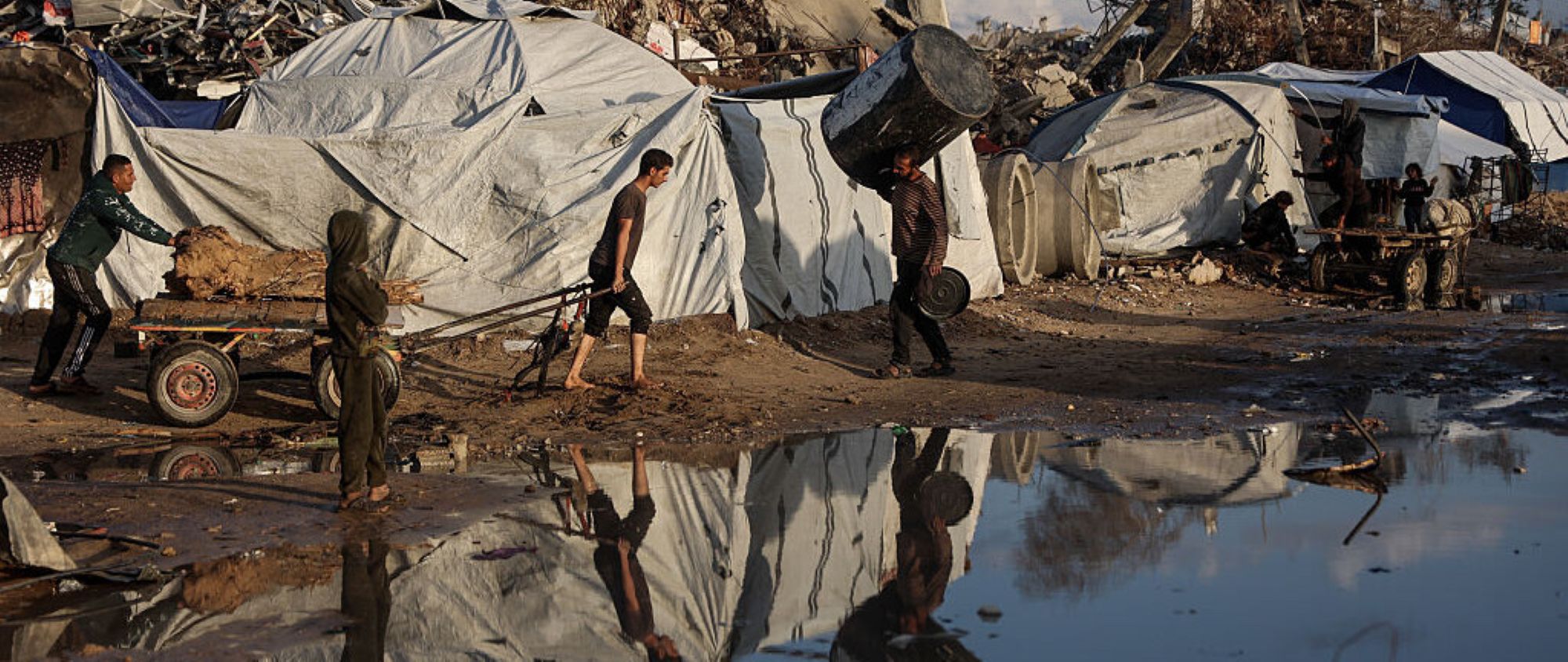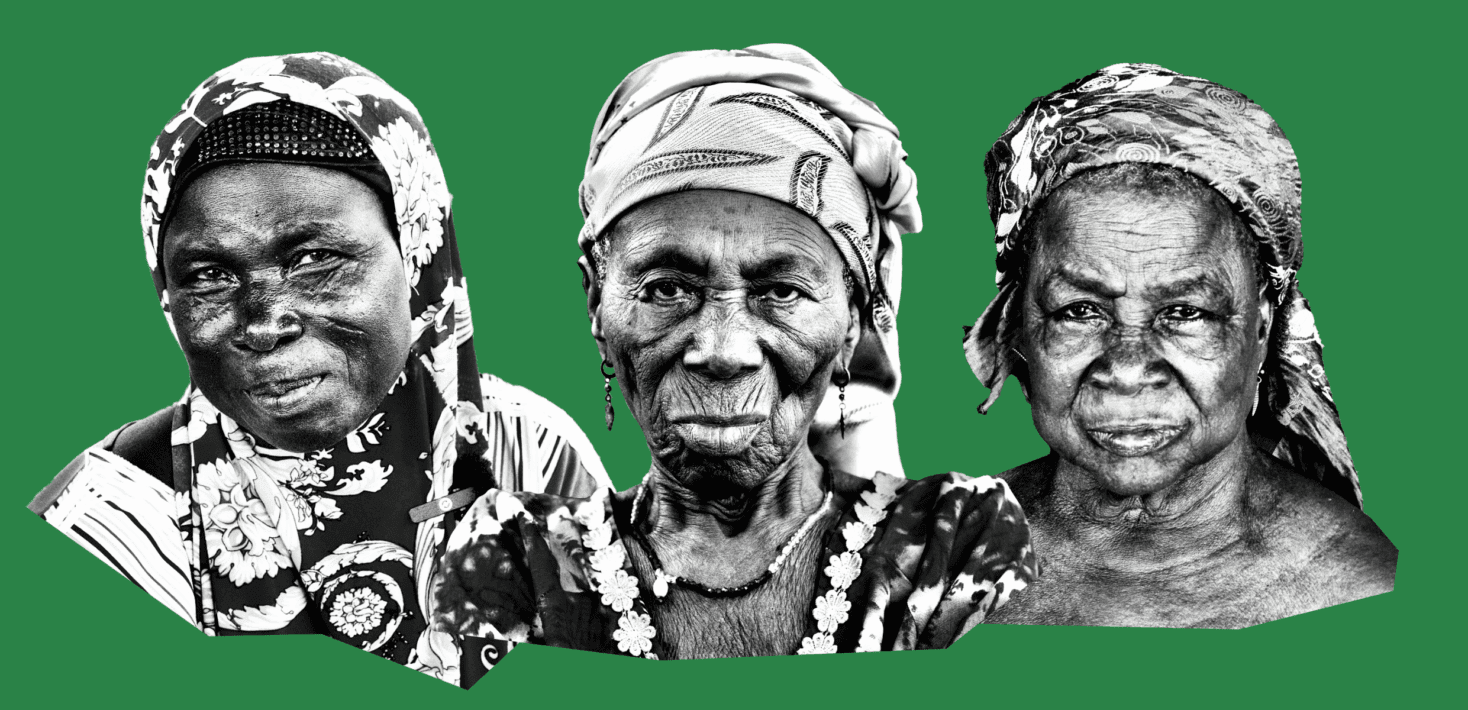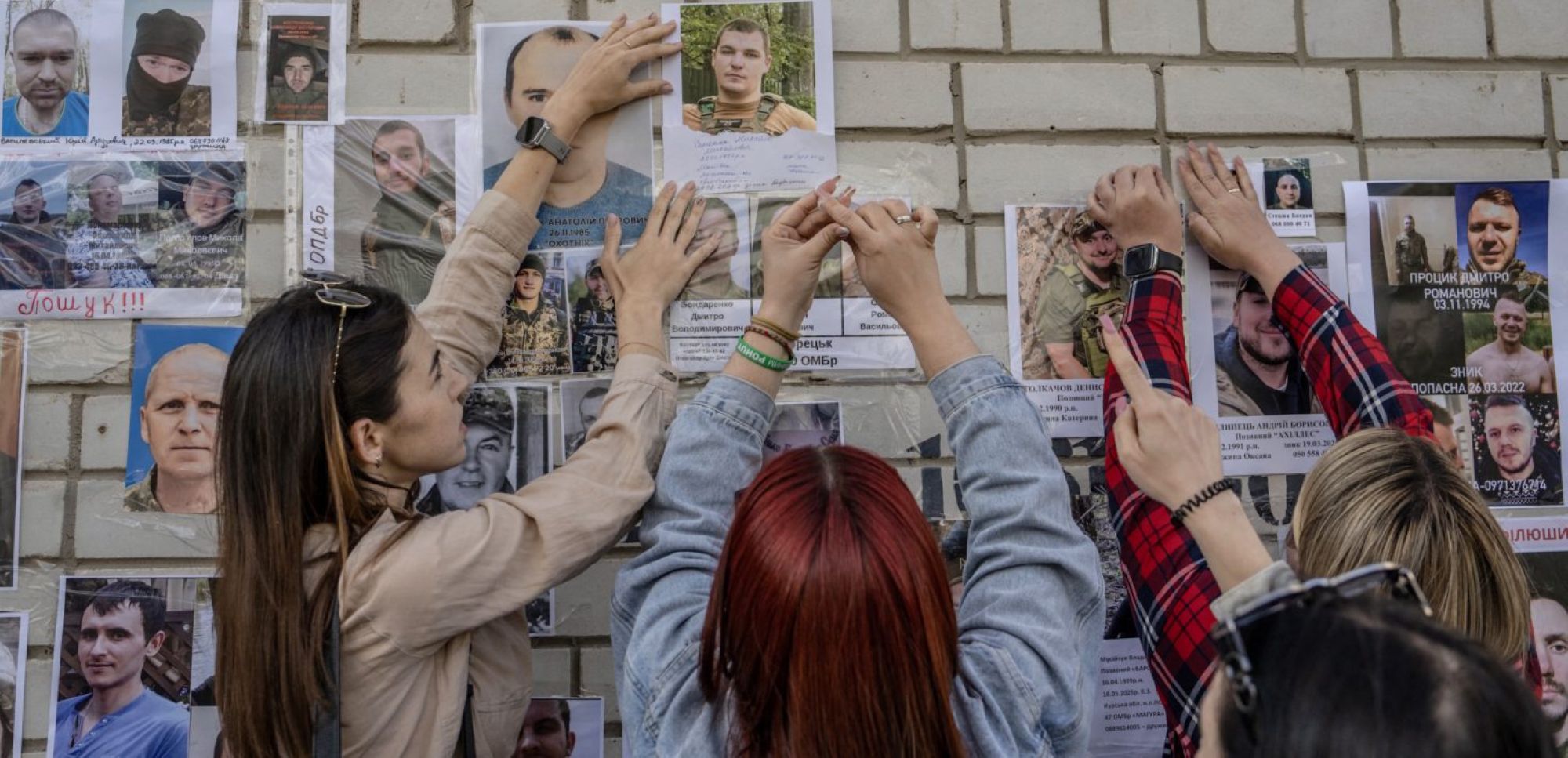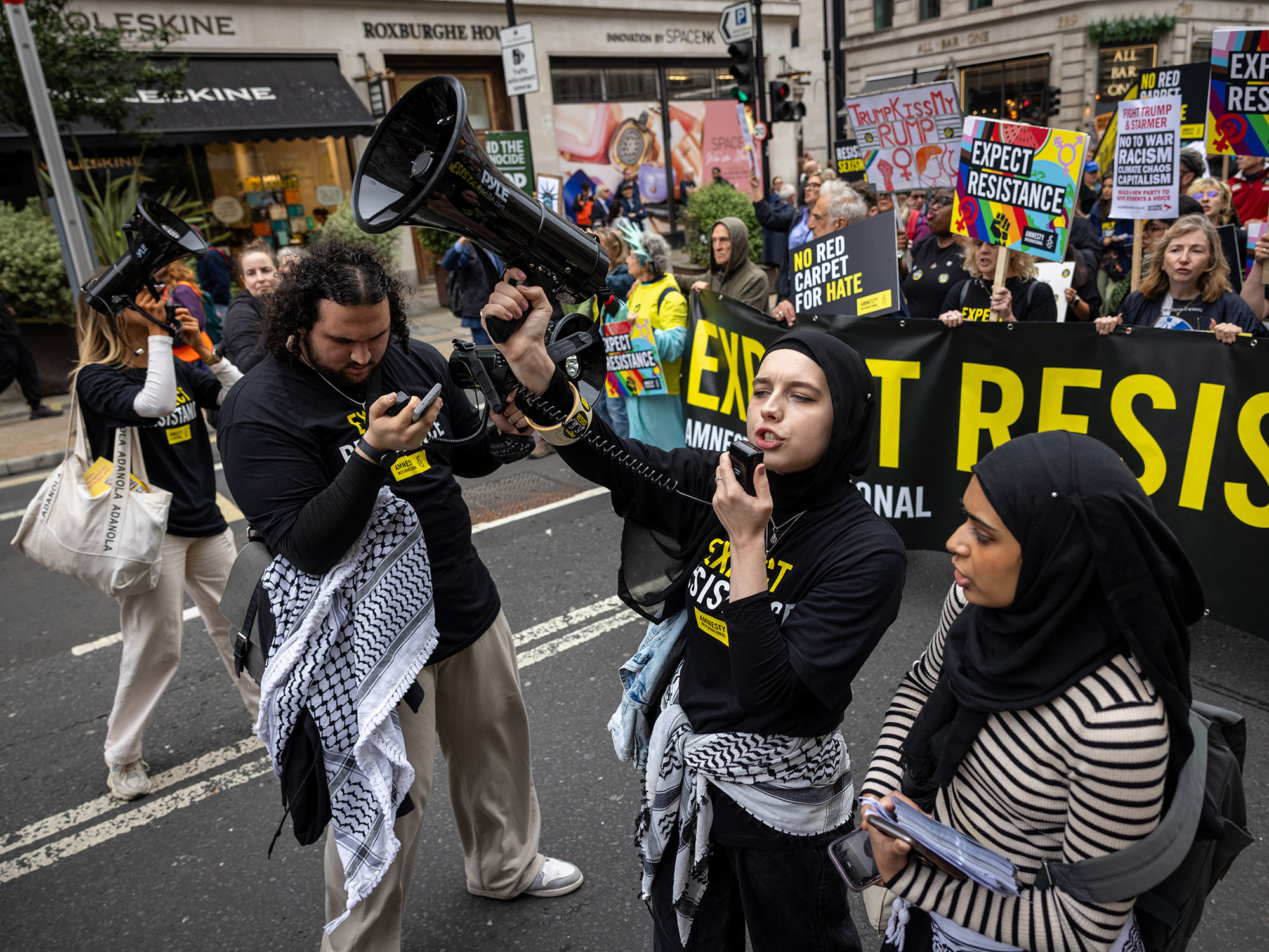In mid-September 2025, media reports suggested that US President Donald Trump’s administration planned to call for “reframing the global approach to asylum” during an event on the sidelines of the United National General Assembly High-level Week. On 25 September, the US hosted a side event at UNGA headlined by Deputy Secretary of State Christopher Landau, titled The Global Refugee and Asylum System: What Went Wrong and How to Fix It. Speakers included representatives from Panama, Liberia, Bangladesh, and Kosovo.
The administration called for a “reframing” of the global approach to asylum, based on five “principles”:
- Every nation has the “right” to control its borders.
- There is no right to immigrate or to receive asylum or refugee status in the country of an individual’s choice.
- Refugee status is temporary, not permanent.
- Sovereign states, not transnational bodies, make the determination whether the conditions in a country of origin permit return.
- Every country must agree to accept expeditiously the return of its nationals.
The US is party to the 1967 Refugee Protocol, but not the 1951 Refugee Convention. Despite earlier reports, no indication was made in the event that the US would withdraw from the Protocol. However, consistent with an Executive Order issued by President Trump in February, the State Department is undergoing a review of all treaties to which the US is a party.
Q1: What does Amnesty International think about the proposal?
The most striking feature of the Trump administration’s proposal is the absence of any reference to the principle of non-refoulement, the cornerstone of the current global asylum system. Under this principle, states cannot return anyone to a place where they would be at real risk of serious human rights violations.
The key substantive point of the proposal would be requiring asylum seekers to claim protection in the first country they enter. This would (1) severely curtail the ability of refugees, particularly of poor and racialised people from Global South countries, to seek protection; and (2) increase the chasm between Global North and Global South countries, as middle- and low-income countries in the Global South continue carrying most of the responsibility for the world’s refugees.
First, the proposal would have a disproportionate impact on poor and racialised asylum seekers and refugees from Global South countries. The proposal would make it impossible for asylum seekers to seek protection in countries other than the first country they enter. For people travelling by land, that would mean not being able to seek protection in countries other than those neighbouring their own. That would not only restrict people’s ability to exercise the right to seek asylum; it would make the right to seek and receive international protection dependant on an individual’s country of origin and the vagaries of geography. The impact of the proposal would be more severe on asylum seekers and refugees coming from regions where refugee protection is weak, and those who do not have the means to travel by air.
Second, the proposal would serve the interests of Global North countries, to the detriment of Global South countries that already host most of the world’s refugees [see below Q4].
The US has both the international and domestic tools to address the concerns it has raised, without undermining or overturning the multilateral agreements or weakening protections for refugees.
Q2: Why should asylum seekers be allowed to pick and choose the country they want to go to?
The US administration’s claim that asylum seekers pick and choose the country where they claim asylum is not supported by evidence. In fact, most refugees and asylum-seekers worldwide stay in the first country they enter. According to UNHCR, 67% live in countries neighbouring their countries of origin; and 73% are hosted in low- and middle-income countries.
However, often protection cannot be found in a neighbouring country and asylum seekers and refugees need to keep moving to find safety.
Authorities in Iran, the country hosting the largest number of refugees (3.5 million), are waging an unlawful expulsion campaign targeting Afghan refugees, forcibly returning more than one million people to Afghanistan in 2025. Authorities in Pakistan have forcibly returned more than one million Afghan refugees and asylum seekers since announcing a “repatriation plan” in October 2023.
In several African countries, legislation criminalising homosexuality and increasingly repressive practices have had a negative impact on LGBTI refugee communities. In Kenya, Amnesty International and the National Gay and Lesbian Human Rights Commission (NGLHRC) have documented hate crimes, violence, and other serious human rights abuses targeting LGBTI asylum seekers and refugees living in one of Kenya’s biggest refugee camps.
Amnesty International has also documented abuses against asylum seekers, refugees and migrants in Mexico.
US law already prohibits the granting of asylum or refugee status to anyone who was firmly resettled elsewhere meaning that those who successfully were able to seek safety elsewhere would already been disqualified under US law.
Q3: Why should refugees be allowed to stay in their country of asylum indefinitely?
Asylum is not indefinite or permanent per se. The length of time the protection exists is predicated on the conditions in the country of origin. Under the 1951 Refugee Convention, refugee status only continues as long as the person continues meeting the relevant criteria, and “cessation” procedures may be initiated if circumstances in the country of origin have changed significantly and durably.
Many asylum systems include procedures for the host country to regularly check whether conditions in the country of origin have changed. In the European Union, for example, the Qualification Directive ((Directive 2011/95/EU) allows Member States to review refugee status periodically or when new evidence arises.
In the United States,refugee status itself is not subject to periodic renewal. Thousands of refugees have become naturalized citizens and have contributed greatly to the country. A recent study by the U.S. Department of Health and Human Services found that from 2005 to 2019, resettled refugees and people granted asylum in the U.S. contributed billions more in federal, state, and local government revenues than they received in services.
Q4: Would the proposal mark a radical shift from how the global refugee system currently works?
The Trump administration’s proposal reflects and reinforces a decade-long trend among Global North countries refusing their fair share of the responsibility for the world’s refugees and shifting that responsibility on low- and middle- income Global South countries.
Australia’s offshore detention centres in Nauru and Papua New Guinea, the EU’s cooperation agreements with Libya, Tunisia, Egypt, and others, the UK’s failed deal with Rwanda, measures to unlawfully suspend access to asylum coupled with pushbacks of refugees and asylum-seekers at the borders of Greece, Poland, Lithuania, and Latvia, have all intended to deter and confront spontaneous arrivals of racialised refugees and asylum seekers from Global South countries.
Proposals currently being negotiated to review the EU’s return or deportation legislation as well as the ‘safe third country’ concept in EU law, likewise, would make it possible for EU countries to reject individuals’ asylum claims as inadmissible and transfer them, against their will, to countries to which they have no connection and in which they may have never set foot.
In the US, policies including “metering”, the Migrant Protection Protocols (“Remain in Mexico”), the Title 42 Public Health Order, the Circumvention of Lawful Pathways Final Rule (the “Asylum Ban”), the June 2024 Presidential Proclamation and mandatory use of the CBP One mobile application have severely limited access to asylum at the US-Mexico border over the past decade. On 20 January 2025, President Trump declared a national emergency at the US-Mexico border and suspended the entry of non-citizens and people without valid visas, meaning there is currently no way for individuals at the border to seek asylum in the US.
As they increasingly refuse to welcome refugees and asylum-seekers on their territories, Global North countries are also increasingly refusing to share the financial responsibilities for their protection and assistance in other countries where the vast majority of refugees are hosted, cutting their humanitarian aid budgets and leaving humanitarian appeals underfunded.
The US’ proposal is a further shift away from the commitments to share responsibility across states in response to forced displacement included in the Global Compact on Refugees, a framework for more predictable and equitable responsibility-sharing adopted by the UNGA in December 2018.
The Trump administration’s proposal does not stem from an evidence-based analysis of the current global asylum system. It reflects the administration’s domestic political agenda, its biases about the US domestic asylum system, and populist-fuelled fears about a conspiracy to diminish the influence of White people in the country, while perpetuating false and harmful narratives about asylum seekers.
Q5: But surely countries have the power to control their borders?
The power of countries to control their borders is not absolute – it is limited by their human rights obligations. Notably, countries are under the obligation not to transfer anyone to a place where they would be at real risk of serious human rights violations (the principle of non-refoulement). Individuals have the right to seek asylum; their asylum claims must be determined in fair and effective asylum determination processes.
Q6: What are the 1951 Refugee Convention and its 1967 Protocol?
The 1951 Refugee Convention and its 1967 Protocol define the term “refugee” and outline the international obligations for their protection. The 1951 Refugee Convention (Convention relating to the Status of Refugees, adopted in Geneva on 28 July 1951) currently has 146 states parties. Its 1967 Protocol (Protocol Relating to the Status of Refugees, adopted by the UN General Assembly with Resolution 2198 (XXI)) currently has 147 states parties.
Reflecting the historic context of WWII, the scope of the 1951 Refugee Convention was originally limited to events occurring before 1 January 1951. States parties had the option to apply its provisions either universally or only to refugees from Europe, but most decided to apply it only to refugees from Europe. The 1967 Protocol expanded the scope of the 1951 Refugee Convention by removing both its temporal and geographic limitations. Most states parties currently apply the 1951 Refugee Convention to people fleeing persecution globally and at any time. Only four countries currently apply the 1951 Refugee Convention with the geographical limitation to Europe (Turkey, Monaco, Madagascar and Congo (Brazzaville)).
The US proposal does not specifically state that the existing treaties should be abandoned. However, regardless of a country’s ratification status to these two treaties, states are bound by the obligation of non-refoulement, which prohibits them from transferring individuals to a place where they would be at real risk of persecution or other serious human rights violations. The obligation of non-refoulement is a rule of customary international law and is therefore universal, binding all states irrespective of their ratification of specific treaties. Its procedural aspects require states to allow individuals to challenge any decision to transfer them on non-refoulement grounds. Any procedure to challenge transfers should afford all procedural guarantees of fairness, including suspensive effect.
What you can do
Read more about rising authoritarianism in the USA and how you can take action.
